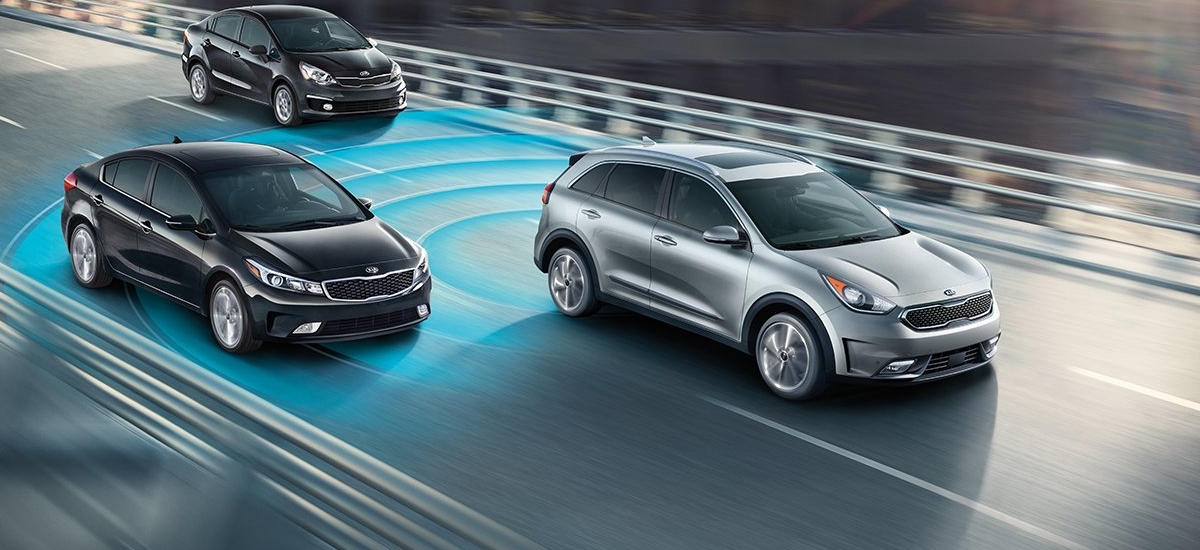
 Your Credit Estimate
Your Credit Estimate
 Your Credit
Your Credit
Your zip code helps us provide you with the most accurate vehicle pricing and vehicle availability.
We estimate your credit score to give you an idea of your monthly payments. To get an accurate payment amount, complete our credit application by clicking the Start Credit Application button below.
start credit application
Hey South Florida. How was your morning drive? Hectic? Crowded? Way too long? We did a little digging, and with an experiment of our own, there are tricks to beat the traffic to save time and gas.
Location
For this experiment, we’re going to use one of the most populated cities in South Florida - Miami. According to a recent study by INRIX, a specialized company that analyzes transportation data, Miami was one of the top-ten most congested cities in 2016. On average, drivers will spend three days per year in rush hour traffic to and from work. Let’s see if we can cut that down.
Time
Aside from leaving super early, there are ways one can work the game known as “rush hour traffic”. Take this typical scenario: Leaving around 8am, and some of us here will end up in an hour or more of traffic. During lunch hour, the same trip can be made in about half the time. So clearly, it’s not the distance, but the traffic that’s the problem. Are there sweet spots between 8 - 9 am that one can work out in their favor?
Aside from apps that can tell us about upcoming traffic congestion like SiriusXM traffic and Google Maps, we found that leaving a little after 8am but before 8:20 therein lies a sweet spot when traveling in South Florida and the Miami area. The times may vary for everyone in other parts of the state, but consistent data points us to this time bubble. If we can lessen our time on the road, then the next question is getting to work in one piece.
With fewer cars on the road, or faster moving traffic, drivers get a little more relaxed and sometimes easily distracted. If driving a vehicle with advanced auto safety features like lane departure warning or forward collision mitigation, you may be more safe. The 2018 Dodge Charger comes with full-speed forward collision warning with active braking, a great combo that will warn the driver and attempt to stop the car if approaching another vehicle quickly. The Dodge Charger also has LaneSense departure warning with lane keep assist - if swerving a bit out of lane unintentionally, LaneSense will chime a warning sound and attempt to get the car back on track until a turn signal is used to merge. Such advanced safety features are helpful when a driver gets absent-minded or has their attention on something other than the road ahead, but they’re not alternatives to safe driving practices.
Fuel
Saving fuel and multiple visits to the gas station can also be cured with playing the traffic game. One result of finding that sweet spot is obvious. The less time spent on the road, the less fuel burned. Simple mathematics.
However, life doesn’t always work out as easily, and maybe there is no sweet spot. That’s when making use of vehicles with alternative fuel or fuel saving features comes in handy. For instance, the Chrysler Pacifica, aside from a family minivan and a choice carpool vehicle, the 2018 Pacifica comes with electronic start-stop technology (ESS). For traffic where there’s a lot of stopping or driving at a crawl, the engine tends to go idle, and fuel economy drops more than we think. ESS turns off the engine when idling for more than a few moments and turns it back on when the gas pedal is pressed. Myth would say this is bad for the engine, but ESS doesn’t effect the engine anymore than simple wear-and-tear.
There’s also vehicles like the new 2018 Kia Niro. Alternative fuel will always save money, and with a fuel economy of 40 - 49 mpg on the highway, those numbers will definitely help during the morning commute. This hybrid crossover by Kia also has great advanced auto safety features such as adaptive cruise control so that the driver doesn’t have to worry about adjusting the speed during a change in traffic flow. High-tier trims on the Kia Niro also have blind-spot detection, lane change assist, autonomous emergency braking, forward collision warning, and lane keep assist.
Conduct your own experiments by testing on weekends to find the total time it takes to get to work without traffic. Then, add 5-15 minutes in 5 min intervals, between leaving with just enough time and a little earlier each day to find that sweet spot in traffic. See if you can cut down your own travel time down. Let us know on our NowCar Facebook page if you have some tricks. Or, check out the 2018 Kia Niro and the 2018 Chrysler Pacifica for safe vehicles that will also help to conserve gas.